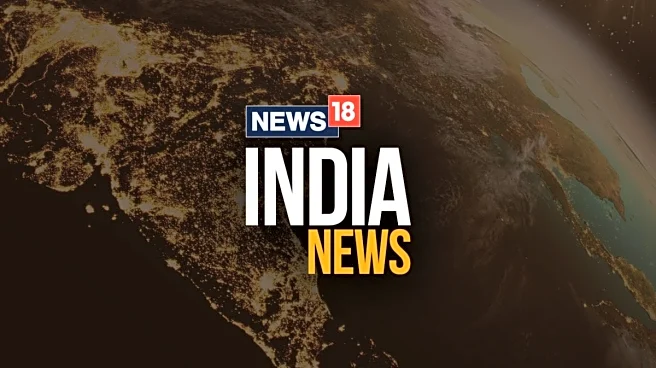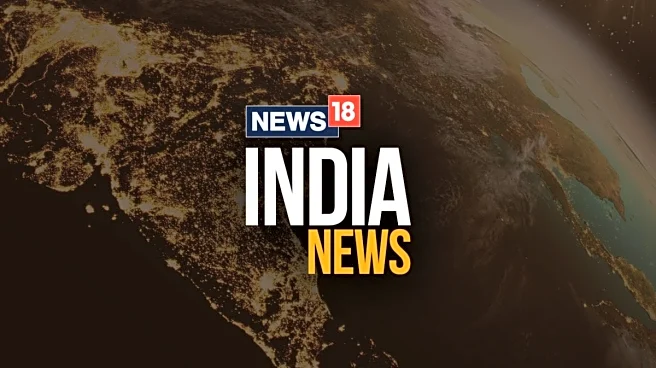New Delhi, Sep 30 (PTI) Heavy rain lashed the national capital on Tuesday, triggering traffic snarls, flooding underpasses and leaving thousands of commuters stranded on key stretches in Delhi.
The India
Meteorological Department (IMD) issued an ‘orange alert’ for Delhi, upgrading it from yellow, warning of moderate to heavy rainfall accompanied by thunderstorms, lightning and gusty winds reaching up to 40 kmph. Under the IMD’s colour-coded system, an orange warning places the city in “be prepared” mode.
The rains arrived less than a week after the southwest monsoon officially withdrew from Delhi on September 24, a day earlier than its usual schedule. This marked the earliest withdrawal from the capital since 2002, when it retreated on September 20.
In 2024, the withdrawal had taken place on October 2.
The rain brought relief from the muggy conditions prevailing over the last few days but worsened the woes for commuters who grappled with slow-moving traffic to reach their destinations.
Commuters reported that their visibility was disrupted while driving due to rainfall, and the vehicles on the roads came to a halt during rush hours due to waterlogged roads and traffic snarls.
A 25-minute pile-up stretched across the Radisson Hotel flyover on NH-48 towards Gurugram, while vehicles crawled near Tikona Park close to Jamia Millia Islamia.
Gridlock was also reported from Netaji Subhash Place in Pitampura, Mahatma Gandhi Road, Captain Gaur Marg in Lajpat Nagar and stretches of the Outer Ring Road.
Approximately 20 calls were received at the PWD’s flood control room with regard to waterlogging on Tuesday, officials said. This includes areas like Raja Garden Chowk, Shahdara, Wazirabad bridge, A-block Hari Nagar, etc.
The IMD explained that the rainfall was driven by a well-marked low-pressure area lying over the Gulf of Kutch. One trough from this system extends eastwards to southeast Uttar Pradesh, while another runs northwards towards northwest Rajasthan in the lower tropospheric levels.
Together, these troughs are acting as atmospheric highways, pulling in moisture from both the Arabian Sea and the Bay of Bengal, said an official.
The collision of these moist currents over north India set the stage for widespread rain, including the sudden downpour in Delhi.
“Traffic was bumper-to-bumper on Mathura Road, Old Rohtak Road, parts of ITO, and the stretch from Mahatma Gandhi Road to GT Karnal Road,” a commuter posted online.
The downpour also left several key roads submerged. A video from Mehrauli-Badarpur Road showed vehicles wading through ankle-deep water.
“If by any chance an ambulance uses this road (Mehrauli-Badarpur Road), it is highly likely the patient will not make it through,” a user wrote on social media. Waterlogging was also reported from the Zakhira underpass in northwest Delhi and Block C9 in Yamuna Vihar, causing severe disruption.
In view of the complaints of waterlogging at the Zakhira Railway Underpass on Road Number 40, which affected traffic movement in the surrounding areas, the Delhi Traffic Police issued an advisory.
Traffic coming from Shastri Nagar and KD Chowk was diverted towards Chaudhary Nahar Singh Marg, while vehicles from Chaudhary Nahar Singh Marg were diverted towards KD Chowk. Diversions were put in place near Inderlok Chowk, an advisory said.
Motorists were advised to use Chaudhary Nahar Singh Marg and KD Chowk as alternate routes.
However, PWD officials claimed that the areas like Minto Bridge underpass and Zakhira underpass were cleared of waterlogging within a few minutes.
The showers followed days of unusually high September temperatures. On Monday, Delhi recorded a maximum of 37.5 degrees Celsius, while on Sunday it touched 38.1 degrees, the hottest September day in two years. On September 5, 2023, the mercury had hit 38.6 degrees.
On Tuesday, the maximum temperature is likely to hover around 35 degrees Celsius, while the minimum was 28.7 degrees, 5.4 notches above normal. Relative humidity stood at 74 per cent at 8.30 am.
The air quality index (AQI) was recorded at 114 at 8 am, in the “moderate” category, according to the Central Pollution Control Board.
As commuters grappled with choked roads, limited visibility and hours of waiting, the city oscillated between relief at the cooler weather and frustration at its paralysing impact on daily life. PTI SGV MHS SLB SLB MNK MNK MNK

/images/ppid_a911dc6a-image-175922425005724898.webp)



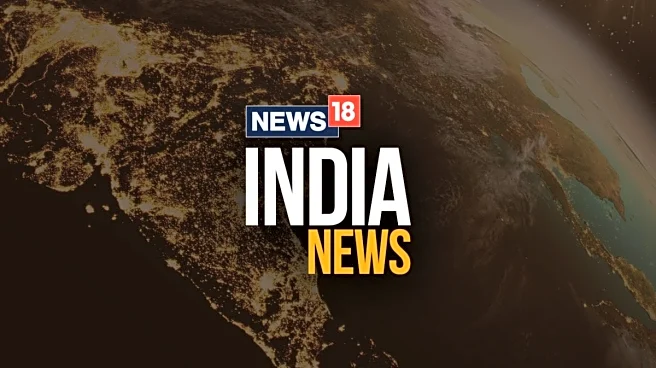
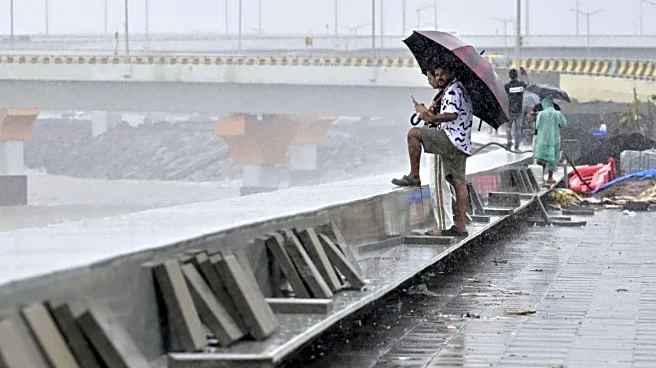



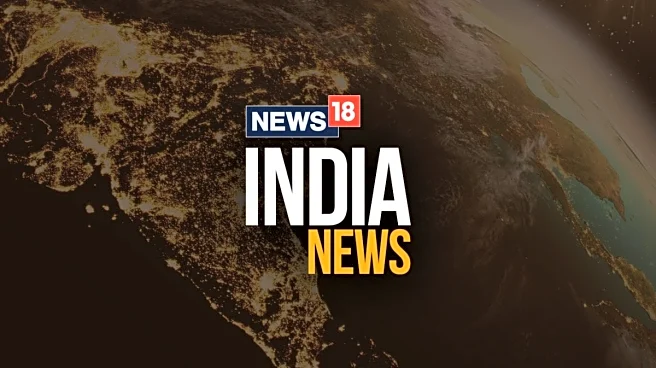
/images/ppid_59c68470-image-175915253140397365.webp)

